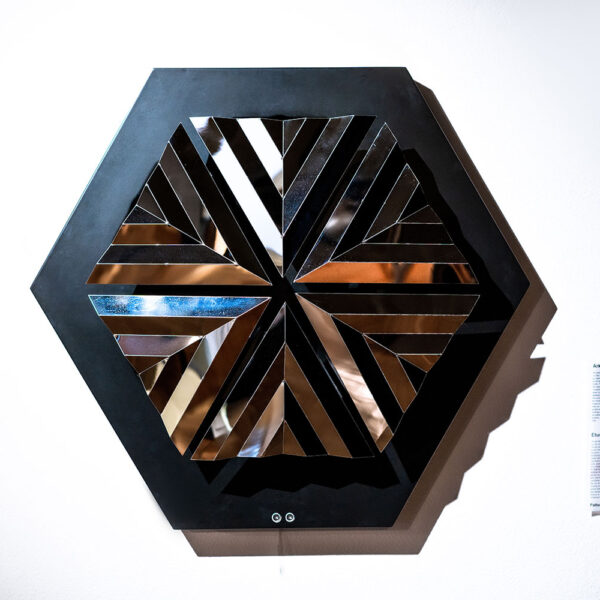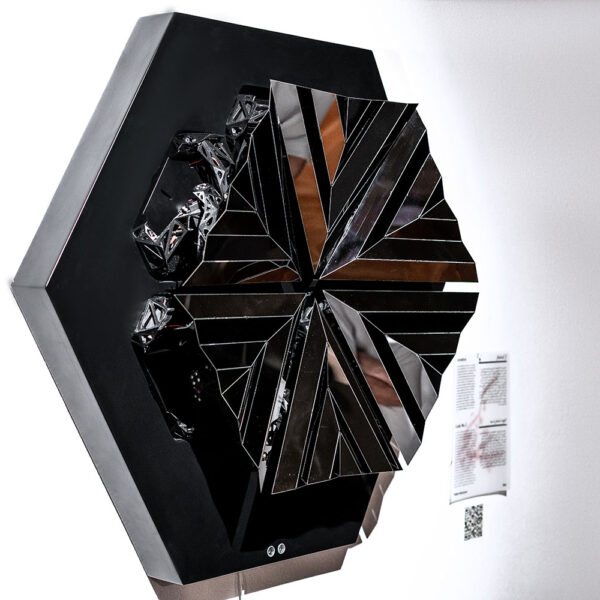We were all architecture students who viewed our field as an intersection of art and technology, balancing between static and dynamic, digital and analog, and natural and cultural elements. This shared perspective led us to a specific inquiry: how can we enhance the role of “movement” and “action” in the interaction between humans and objects? Arkinetics was established to continuously explore and address this complex relationship. We aim to redefine the movement-action dynamic based on the unique conditions of each context and showcase our solutions through “etudes.” These studies operate at the intersection of artwork, buildings, and machines, serving as adaptable yet stable bridges across the aforementioned tensions, ultimately facilitating our own movement.
Positions:
- Mehdi Akbari Ahangar : Project manager, designer, and fabricator
- Alireza Alikaei : Project designer and fabricator
- Negar Yaghoubpour : Project designer
- Dr. Ali Javedani : Design consultant
- Dr. Berdia Shabani : Artistic consultant
- Mojtaba Balali : Mechanical and electrical designer
- Hamid Golestanifar : Industrial designer



